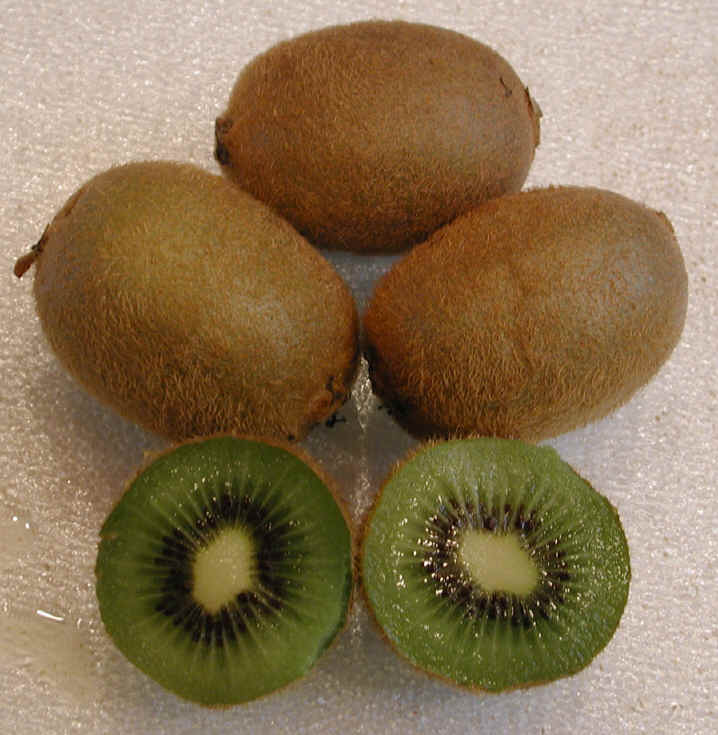 1. Green Tea and Cancer
1. Green Tea and Cancer
Green tea helps reduce the risk of cancer. The antioxidant in green tea is 100 times more effective than vitamin C and 25 times better than vitamin E. This helps your body at protecting cells from damage believed to be linked to cancer.
2. Green Tea and Heart Disease
Green tea helps prevent heart disease and stroke by lowering the level of cholesterol. Even after the heart attack, it prevents cell deaths and speeds up the recovery of heart cells.
3. Green Tea and Anti-AgingGreen tea contains antioxidant known as polyphenols which fight against free radicals. What this means it helps you fight against aging and promotes longevity.
4. Green Tea and Weight LossGreen tea helps with your body weight loss. Green tea burns fat and boosts your metabolism rate naturally. It can help you burn up to 70 calories in just one day. That translates to 7 pounds in one year.
5. Green Tea and SkinAntioxidant in green tea protects the skin from the harmful effects of free radicals, which cause wrinkling and skin aging. Green tea also helps fight against skin cancer.
6. Green Tea and ArthritisGreen tea can help prevent and reduce the risk of rheumatoid arthritis. Green tea has benefit for your health as it protects the cartilage by blocking the enzyme that destroys cartilage.
7. Green Tea and Bones The very key to this is high fluoride content found in green tea. It helps keep your bones strong. If you drink green tea every day, this will help you preserve your bone density.
8. Green Tea and CholesterolGreen tea can help lower cholesterol level. It also improves the ratio of good cholesterol to bad cholesterol, by reducing bad cholesterol level.
9. Green Tea and ObesityGreen tea prevents obesity by stopping the movement of glucose in fat cells. If you are on a healthy diet, exercise regularly and drink green tea, it is unlikely you'll be obese.
10. Green Tea and DiabetesGreen tea improves lipid and glucose metabolisms, prevents sharp increases in blood sugar level, and balances your metabolism rate.
11. Green Tea and Alzheimer'sGreen tea helps boost your memory. And although there's no cure for Alzheimer's, it helps slow the process of reduced acetylcholine in the brain, which leads to Alzheimer's.
12. Green Tea and Parkinson'sAntioxidants in green tea helps prevent against cell damage in the brain, which could cause Parkinson's. People drinking green tea also are less likely to progress with Parkinson's.
13. Green Tea and Liver DiseaseGreen tea helps prevent transplant failure in people with liver failure. Researches showed that green tea destroys harmful free radicals in fatty livers.
14. Green Tea and High Blood PressureGreen tea helps prevent high blood pressure. Drinking green tea helps keep your blood pressure down by repressing angiotensin, which leads to high blood pressure.
15. Green Tea and Food PoisoningCatechin found in green tea can kill bacteria which cause food poisoning and kill the toxins produced by those bacteria.
16. Green Tea and Blood SugarBlood sugar tends to increase with age, but polyphenols and polysaccharides in green tea help lower your blood sugar level.
17. Green Tea and ImmunityPolyphenols and flavenoids found in green tea help boost your immune system, making your health stronger in fighting against infections.
18. Green Tea and Cold and FluGreen tea prevents you from getting a cold or flu. Vitamin C in green tea helps you treat the flu and the common cold.
19. Green Tea and AsthmaTheophylline in green tea relaxes the muscles which support the bronchial tubes, reducing the severity of asthma.
20. Green Tea and Ear InfectionGreen tea helps with ear infection problem. For natural ear cleaning, soak a cutton ball in green tea and clean the infected ear.
21. Green Tea and HerpesGreen tea increases the effectiveness of topical interferon treatment of herpes. First green tea compress is applied, and then let the skin dry before the interferon treatment.
22. Green Tea and Tooth Decay Green tea destroys bacteria and viruses that cause many dental diseases. It also slows the growth of bacteria which leads to bad breath.
23. Green Tea and StressL-theanine, which is a kind of amino acids in green tea, can help relieve stress and anxiety.
24. Green Tea and AllergiesEGCG found in green tea relieves allergies. So, if you have allergies, you should really consider drinking green tea.
25. Green Tea and HIVScientists in Japan have found that EGCG (Epigallocatechin Gallate) in green tea can stop HIV from binding to healthy immune cells. What this means is that green tea can help stop the HIV virus from spreading.
Starting from today, try to get a cup of green tea for total wellness.







